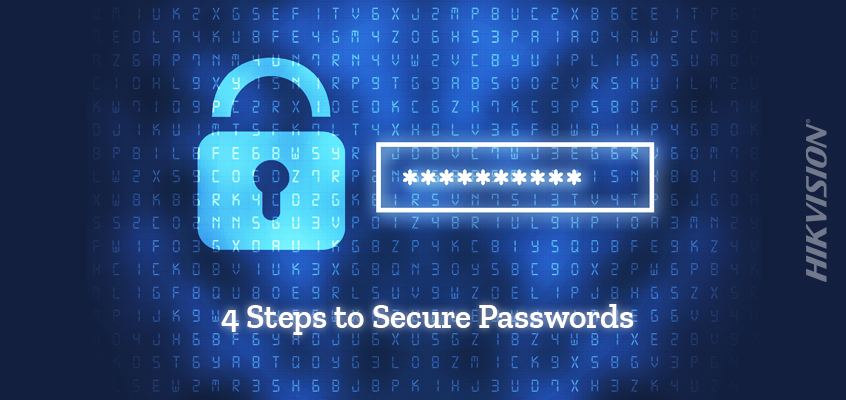4 Steps to More Secure Passwords from Hikvision’s Senior Cybersecurity Director

Hikvision on Preventing Password Hacks with a Password Manager
As we wrap up National Cybersecurity Awareness Month (NCSAM), one of the best ways to stay safe online and avoid being hacked is to maintain complex, more secure passwords. Hikvision Senior Director of Cybersecurity, Chuck Davis, outlines four steps to better passwords below to help you stay cybersecure.
4 Steps to Easier and More Secure Passwords
Passwords continue to be one of the most hated parts of computing. Not only are they annoying to all of us who have to use them, but they also tend to be a common way that computers and online services are breached.
Below are four password tips with helpful links that will make your life easier and a lot more secure when it comes to authentication:
- Enable multi-factor authentication (MFA) everywhere you can. This will protect your account even if an attacker gets your password. MFA adds two or more pieces of verifiable evidence or factors to the authentication process to greatly reduce security concerns by lowering the chances of an account being accessed by the wrong person.
- Never reuse passwords. Reusing passwords greatly increases the chances that your account will be compromised with a credential stuffing attack.
- Sign up for “Have I Been Pwned?” so you are alerted if your email address shows up in a data breach. This is a free service and it will often alert you of a breach before the vendor or website contacts you.
- Use a Password Manager. Since our passwords all should be long and unique, it’s unreasonable to expect anyone to remember all of the passwords that an average person must use. Using a password manager will relieve you of that burden because you can store all of your passwords in the password manager and you won’t have to remember any of them. Password managers can also automatically enter your passwords into websites for you.
A Password Manager is a software tool that is used to store all of your passwords in an encrypted file so that you, and no one else, have very easy access to them, helping to minimize security concerns. It can also reduce the risk of password hacks.
For more on cybersecurity from Hikvision, click here.
